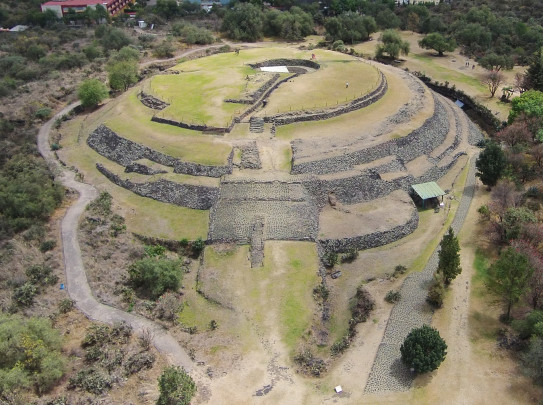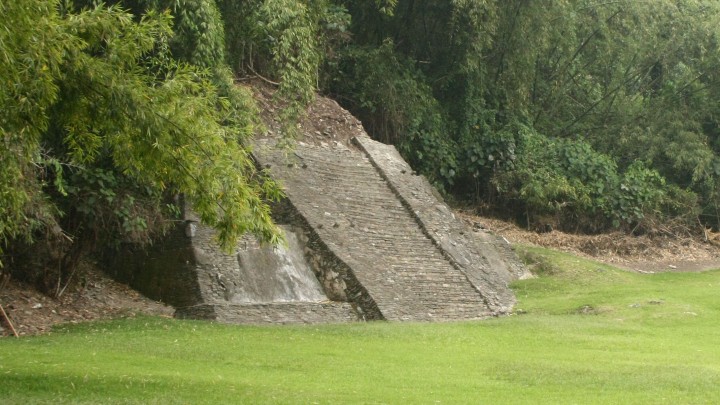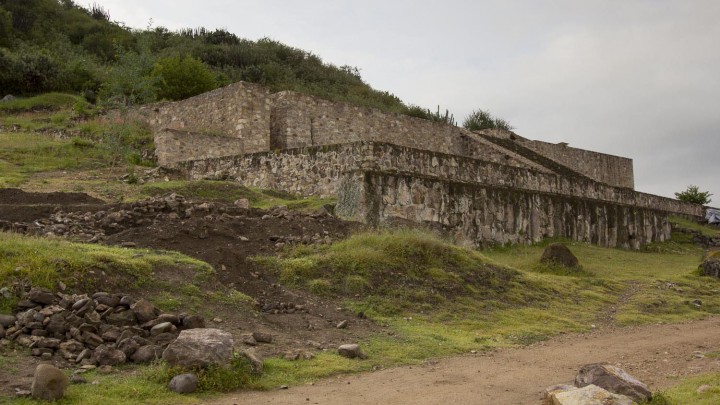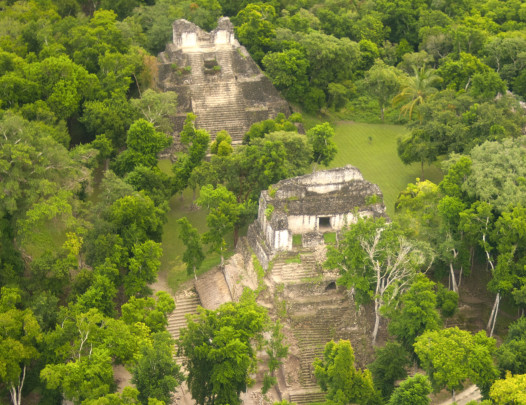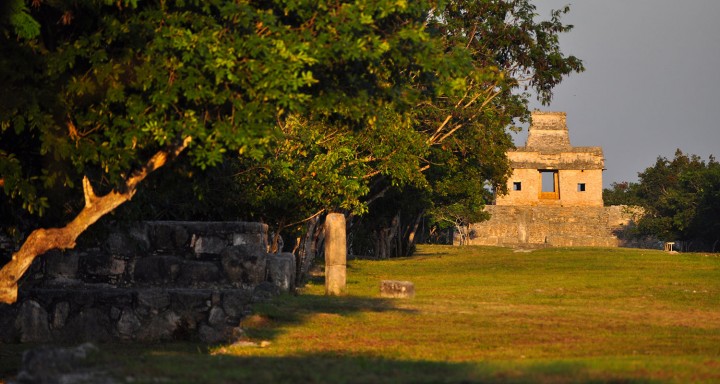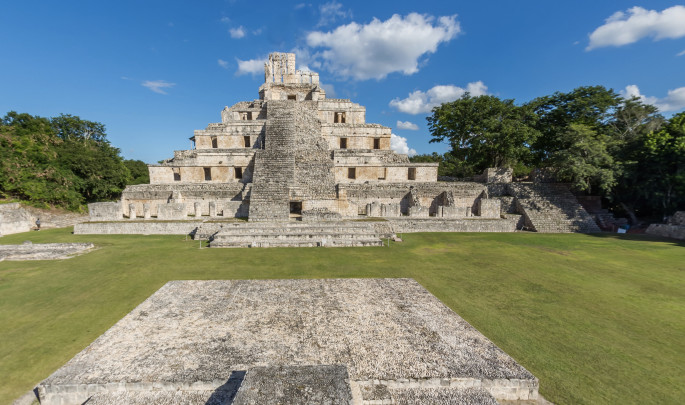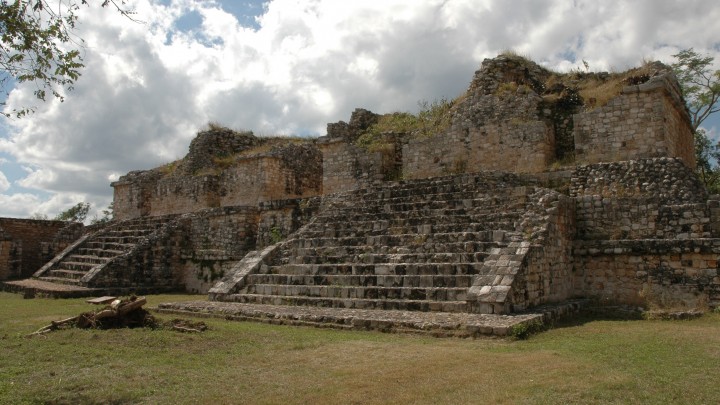189 Sites
Situated in the Valley of Tlacolula, this site encompasses a series of prehistoric caves and rocky shelters with cave paintings that date back 12,000 years. The earliest remains of domesticated plants were also found here. On August 1, 2010 the prehistoric caves of Yagul and Mitla in the central valleys of Oaxaca became a UNESCO World Heritage Site.
Oaxaca
The Xitle volcano of the Ajusco range erupted in about 250 AD, spewing out lava that covered up much of the Valley of Mexico’s first major city, one which had existed for a thousand years with its unique truncated cone pyramids. Today we can still marvel at what remains.
Ciudad de México
A Totonac city founded 800 years ago, its emergence coincides with the fall of El Tajín. Giving the impression of a fortified site, it was important in the region until it was conquered by Moctezuma Ilhuicamina around 1465. Its pyramid beside a cliff and its great ballcourt are models of austerity and strength.
Veracruz
Contemporary with Monte Alban, it is remarkable for the adaptation of the buildings to the terrain, which appear to lean against the hillside. There are also magnificent reliefs depicting ball players.
Oaxaca
The site is surprisingly extensive at more than 15 square miles. The beauty of its enormous constructions and the natural surroundings of the site add interest to the four groups that make up this complex: Dzibanche or the Main Group, the Central Complex or Lamay Group, Tutil and Kinichna.
Quintana Roo
The Temple of the Seven Dolls attracts hundreds of visitors at the spring and fall equinoxes, when the sun shines through the building and illuminates the doorway. There are numerous admirable stelae, beautifully carved, and an open cenote (underground pool) with crystal clear waters.
Yucatán
The legacy of the past grandeur of this site is an expansive plaza and splendid buildings, some decorated with carved masks. Remains of paintings have also been found, showing hieroglyphs and gods of the Maya pantheon.
Campeche
A site with magnificent architectural complexes, such as the “Great Acropolis” and impressive constructions, above all the “Building of the Five Floors." Edzná’s inhabitants developed a complex water management system to secure a year-round supply, and their city became a powerful regional capital between 400 and 1000 AD.
Campeche
Ramparts, murals, steles, plazas and sumptuous palaces await the visitor, but the greatest surprise is the richness of the architecture and decoration of its buildings, like the Acropolis, whose entrance looks like the mouth of a monster with enormous fangs.
Yucatán


